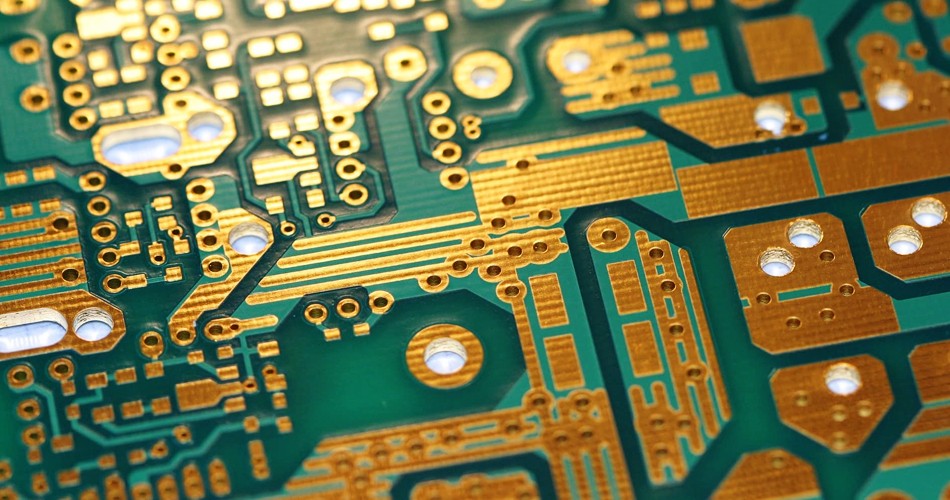- English
- Español
- Português
- русский
- Français
- 日本語
- Deutsch
- tiếng Việt
- Italiano
- Nederlands
- ภาษาไทย
- Polski
- 한국어
- Svenska
- magyar
- Malay
- বাংলা ভাষার
- Dansk
- Suomi
- हिन्दी
- Pilipino
- Türkçe
- Gaeilge
- العربية
- Indonesia
- Norsk
- تمل
- český
- ελληνικά
- український
- Javanese
- فارسی
- தமிழ்
- తెలుగు
- नेपाली
- Burmese
- български
- ລາວ
- Latine
- Қазақша
- Euskal
- Azərbaycan
- Slovenský jazyk
- Македонски
- Lietuvos
- Eesti Keel
- Română
- Slovenski
- मराठी
- Srpski језик
High-speed PCB design: Signal integrity and differential pair considerations
2024-06-23
Signal integrity and differential pairs are critical considerations in high-speed PCB design. Maintaining signal integrity and differential pair accuracy is critical to the performance of high-speed circuits. Here are some important considerations for both aspects:

Signal Integrity Considerations:
1. Transmission line characteristics:
Understand the characteristic parameters of the transmission line, including characteristic impedance, propagation delay, and signal speed. This helps ensure that the signal is not degraded or distorted during transmission.
2. Ground plane:
Ensure that there is enough ground plane area to provide a good signal return path. Reduce the inductance and resistance of the signal return path.
3. Power supply noise:
Take measures to reduce power supply noise and signal cross-coupling. This may include adding decoupling capacitors, noise reduction inductors, and filters between power and ground.
4. Signal layer separation:
Use multi-layer PCB design and separate different signal layers to reduce signal crosstalk and electromagnetic interference. Ensure that the ground layer provides adequate shielding between different signal layers.
5. Differential pairs and single-ended signals:
For high-speed differential signals, use differential pair lines to reduce crosstalk and improve noise immunity. Single-ended signals should be avoided as much as possible because they are more susceptible to external interference.
Considerations for Differential Pairs:
1. Differential pair design:
Differential signals should be symmetrical and the lengths of the two signal lines should be matched to ensure equal signal arrival times during PCB design.
Understand the characteristic impedance of the differential pair and ensure that the characteristic impedance of the signal transmission line matches the differential pair.
2. Differential signal coupling:
Reducing coupling between differential signals can be achieved by keeping them far enough apart or using shielding between differential pairs.
3. Shielding of differential pairs:
For particularly noisy environments, consider using shielding of differential pairs to improve anti-interference performance.
4. Terminals and interfaces of differential pairs:
Ensure that the terminals and interfaces of differential pairs are properly selected to match application requirements.
5. Signal integrity analysis:
Use signal integrity analysis tools to simulate and analyze the performance of differential signals to detect potential problems in advance.
In summary, signal integrity and differential pair considerations in high-speed PCB design are key factors to ensure stable circuit performance. These factors need to be carefully considered in the design phase and accurately executed during layout and routing. Using modern engineering tools and simulation analysis can help engineers better understand and optimize high-speed circuit board design.
-
Delivery Service






-
Payment Options









